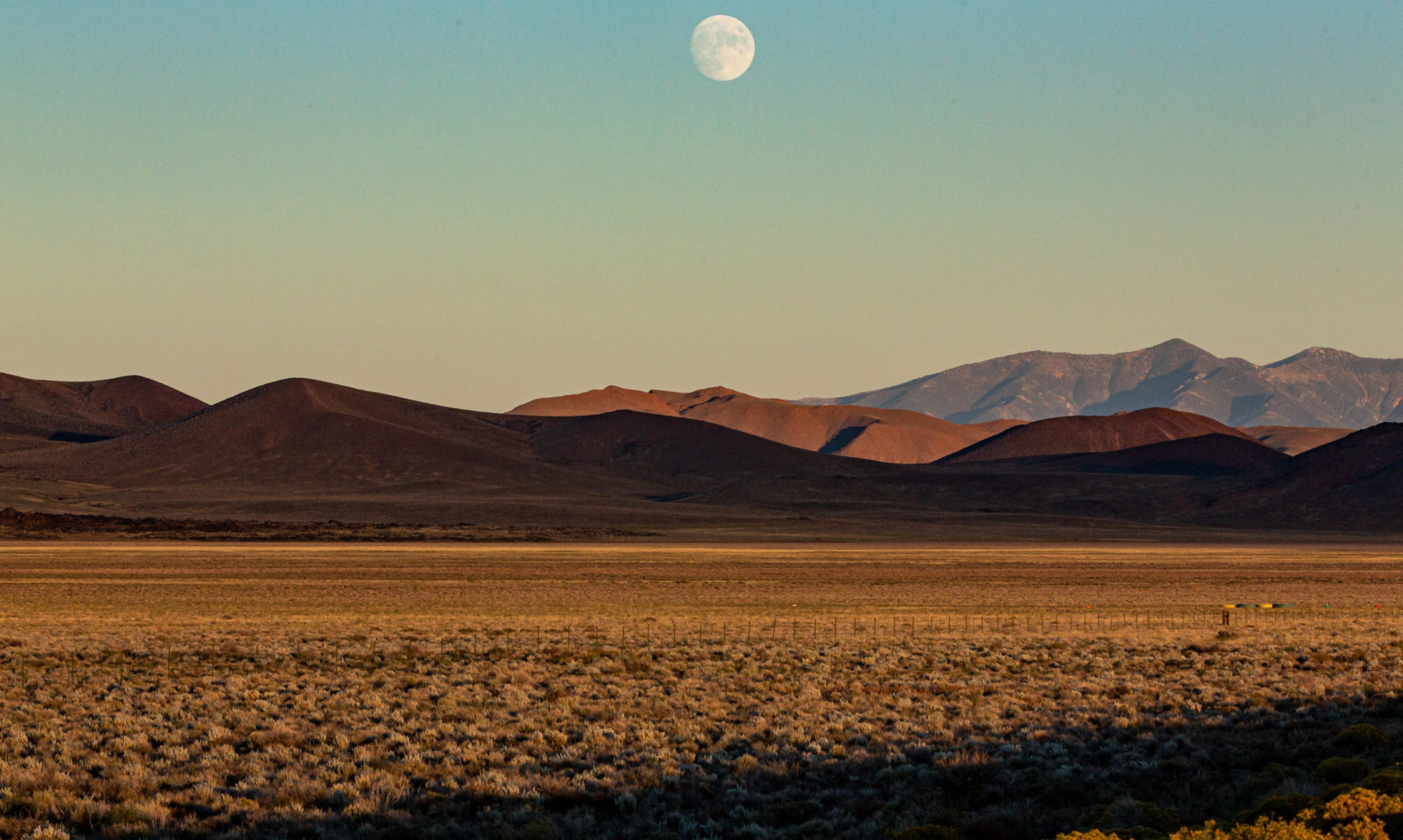The New York Times’s coverage of the pope’s death features an obituary by Robert D. McFadden. To call it an obituary is somewhat misleading. It’s a mini-biography that takes up most of an eight-page special section in the paper and 21 pages online. McFadden is what I would call a rewrite man extraordinaire. He works nearly exclusively in the newsroom and writes stories based on his own reporting and research, almost always on deadline, sometimes wrapping in contributions from others. His command of the rewrite craft — his ability to assemble and marshal the important facts in a story, his ability to convey a sense of scenes and personalities he’s never witnessed or encountered directly, the lucidity of his prose, his speed and encyclopedic general knowledge — means he gets to write some of the biggest stories. He’s so good with them that he won the Pulitzer Prize one year — not for any particular story, but for what he did day in and day out to create sound, well-reported, and readable stories. Although I’ve never met McFadden and don’t know exactly how the Times newsroom works, I’m confident of all of the above because we had our own extraordinary rewrite guy at The Examiner when I was there, Larry D. Hatfield, who would bail the desk out on deadline nearly every day. But that’s another story.
Back to the John Paul II piece in today’s paper. Here’s how it starts:
“On the night of Oct. 16, 1978, a vast, impatient throng in floodlit St. Peter’s Square cheered wildly as white smoke curled from a chimney atop the Sistine Chapel, signaling the election of a new pope. A long wait had ended, but the enthusiasm was somewhat premature.
“Cardinal Pericle Felici emerged minutes later to introduce Cardinal Karol Wojtyla of Poland, the first non-Italian pope since 1523. But even he had trouble pronouncing the name – voy-TEE-wah. Hardly anyone, it seemed, knew who he was. Murmurs and questions rippled through the predominantly Roman crowd.
“Then a powerfully built man with slightly stooped shoulders and a small smile on his angular face stepped onto the central balcony of St. Peter’s Basilica. Cheers faded into silence. The crowd waited.
“He stood at the balcony rail, looking out, a Polish stranger in the fresh white robes of the pope. And there were tears in his eyes as he began to speak.
” ‘I have come,’ he said in lightly accented Italian, ‘from a faraway country – far away, but always so close in the communion of faith.’
“There were scattered cheers, and they grew louder as he went on.
” ‘I do not know whether I can express myself in your – in our – Italian language,’ he said, pausing.
“The crowd roared appreciatively, and the laughter swelled into resounding cheers.
” ‘If I make mistakes,’ he added, beaming suddenly, ‘you will correct me.’
“Tumult erupted.
“The cheers went on and on, and then grew into rhythmic waves that broke on the basilica facade and echoed across the square in a thundering crescendo:
” ‘Viva il Papa!’ Viva il Papa! Viva il Papa!’ ”
That’s enough to make me want to read the whole thing.
